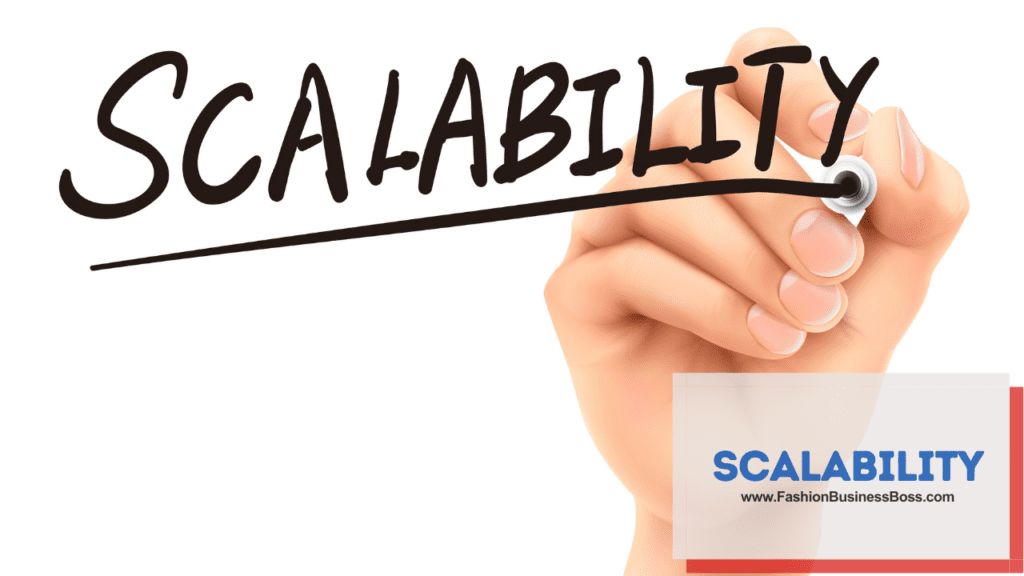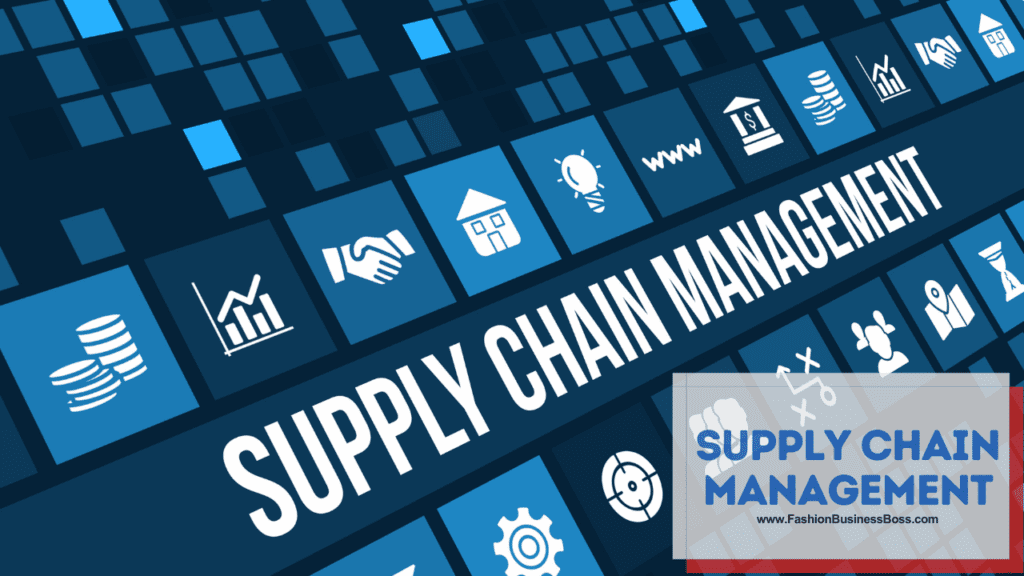Starting your own clothing line can be a dream come true for many aspiring entrepreneurs in the fashion industry. While it’s undoubtedly a challenging journey, with dedication, creativity, and a strategic approach, you can turn your vision into a thriving business.
To excel in fashion, stay trendy, collaborate, gather customer feedback, plan for growth, offer fresh collections, embrace responsibility, optimize the supply chain, reward loyalty, and commit to continuous learning.
In this article, we will thoroughly explore and delve into the most effective and strategic approaches to effectively launch and establish your own clothing line.
Trend Forecasting
Trend forecasting is an essential aspect of launching a clothing line. It means staying informed about the latest fashion trends. This can be done by regularly reading fashion magazines and websites, attending fashion shows, and keeping an eye on social media.

Why is this important? Being aware of what’s currently popular in the fashion world allows you to make informed decisions about your clothing line. When you know what people are interested in wearing, you can create products that are more likely to appeal to your target audience.
Furthermore, staying ahead of the curve can give your clothing line a competitive advantage. It means you’re not just following trends; you’re setting them. When your designs align with what’s currently in demand, you’re more likely to attract customers and stand out in the market.
Read more about: Designing Your Own Clothing: Unraveling the Threads of Imagination
Collaborations and Partnerships
Collaborations and partnerships are important steps in the journey of starting a clothing line. Essentially, this means working together with other fashion designers, influencers, or brands that share a similar vision to yours.
Why is this valuable? It’s because these partnerships can help you reach more people and introduce your clothing line to new audiences. When you collaborate with others, you combine your strengths and resources to create something special. For example, if you partner with a well-known influencer, they can promote your clothing to their followers, giving you access to a larger audience.
By aligning with those who share your vision, you can also enhance your brand’s reputation. Customers may trust your clothing line more when they see it associated with other respected names in the fashion industry.
Collaborations and partnerships mean working with others who have similar ideas to make your clothing line more popular and known to a wider group of people. This can be a smart way to grow your brand and make it more recognizable in the fashion world.
Customer Feedback Loop
Creating a customer feedback loop is a fundamental practice when running a clothing line. This process involves setting up a way for your customers to share their thoughts and opinions about your products. You can do this by using surveys, asking for reviews, or inviting them to provide feedback through various channels.
Why is this crucial? It’s because hearing directly from your customers gives you valuable insights. You can learn what they like and don’t like about your clothing, understand their preferences, and identify areas where you can make improvements. This feedback helps you tailor your products to better meet their needs and desires.
A customer feedback loop means giving your customers a chance to tell you what they think about your clothing. When you listen to them and make changes based on their input, you’re more likely to create clothing that they enjoy wearing. This, in turn, can lead to more satisfied customers and increased loyalty to your brand.
Scalability

Scalability is a fundamental concept in starting a clothing line. It means thinking ahead and making plans for growth right from the beginning. When you’re scalable, it means you can handle more work and produce more clothing when there’s a higher demand for your products.
Why is this important? It’s because as your clothing line becomes more popular, more people will want to buy your products. If you’re not prepared for this increase in demand, it can lead to problems like delays in production or a drop in product quality.
To ensure scalability, you need to consider how to expand your operations while keeping your products consistent in terms of quality and your brand’s identity. This might involve hiring more staff, finding larger production facilities, or optimizing your supply chain to handle larger orders.
Scalability is all about making sure you can grow your clothing line smoothly as more people want to buy your products. It’s like having a plan in place to handle more customers without sacrificing the quality of what you make or your brand’s reputation.
Read more about: Dive into E-Commerce: Learn How to Sell Clothes Online
Seasonal Collections
Creating seasonal collections is a crucial strategy for your clothing line. It means designing and introducing new sets of clothing items that align with the different seasons of the year, such as spring, summer, fall, and winter.
Why is this a good idea? Well, fashion trends change with the seasons. People often prefer different types of clothing depending on the weather. By designing collections that match these seasonal preferences, you keep your product lineup exciting and in sync with what’s currently fashionable.
Seasonal collections also create anticipation among your customers. When they know that you’ll be launching new items for an upcoming season, it can generate excitement and interest in your brand. Customers may look forward to seeing what’s new and be more likely to make a purchase.
Having seasonal collections means you’re regularly coming up with fresh clothing ideas that match the time of year. This keeps your clothing line interesting, and when people are eager to see what’s next, it can help attract more customers and boost sales.
Social Responsibility
Embracing social responsibility is a vital aspect of managing a clothing line. This means taking actions that demonstrate your commitment to ethical and moral principles in various areas, such as sourcing materials, labor practices, and partnerships with charitable organizations.
Why is this important? Well, today’s consumers are more conscientious about the social and environmental impact of the brands they support. When you prioritize social responsibility, you show that you care about ethical sourcing, fair treatment of workers, and contributing to charitable causes. This can enhance your brand’s reputation and attract customers who share these values.
Ethical sourcing involves obtaining materials in ways that don’t harm people, animals, or the environment. Fair labor practices mean treating workers fairly and providing safe working conditions. Partnering with charities allows you to give back to the community or support causes you believe in.
Supply Chain Management

Efficient supply chain management plays a critical role in the operation of a clothing line. This entails ensuring that every aspect of producing and delivering your clothing operates seamlessly and without unnecessary resource or monetary wastage.
Why is this emphasis on efficiency so significant? The answer lies in the potential time and cost savings. It encompasses identifying the most effective methods for procuring materials, manufacturing your clothing, and delivering it to customers. By optimizing these processes, you have the opportunity to reduce expenses, potentially leading to more affordable clothing options for your customers.
Streamlining processes involves simplifying and eliminating unnecessary steps or complexities within your supply chain. It revolves around identifying the most direct and efficient routes to accomplish tasks. Simultaneously, minimizing waste requires a mindful approach to resource usage, ensuring that materials and resources are used efficiently without unnecessary depletion.
Read more about: DIY Couture: How to Design and Make Your Own Clothing
Customer Loyalty Programs
Implementing customer loyalty programs is a strategic move for your clothing line. These programs are designed to reward customers who make repeat purchases. The idea is to provide incentives that encourage these loyal customers to keep coming back and buying from your brand.
But why are these programs important? They serve a dual purpose. First, they help with customer retention, which means keeping customers who have already bought from you. When customers feel appreciated and get rewarded for their loyalty, they are more likely to stick with your brand instead of looking elsewhere for clothing.
Secondly, loyalty programs can boost your sales. When customers know they can earn rewards or discounts by continuing to buy from your clothing line, they are more likely to make additional purchases.
Continuous Learning
Dedication to continuous learning is a vital aspect of thriving in the constantly changing fashion industry. This means staying focused on acquiring new knowledge and improving your skills to keep up with the industry’s ongoing changes.
Why is this commitment so crucial? It’s because the fashion world is always evolving. What’s trendy today may not be tomorrow, and new techniques and technologies are frequently emerging. To stay relevant and competitive, you need to keep learning.
Participating in workshops, seminars, and networking events is an effective way to gain fresh insights and enhance your abilities. Workshops offer hands-on experiences and practical knowledge, seminars provide opportunities to learn from experts, and networking events connect you with others in the industry.
Continuous learning means not stopping your education after you start your clothing line. It’s about regularly attending events and programs that help you learn new things and improve your skills. This keeps you updated and competitive in the fashion business, allowing you to adapt to changes and thrive in this ever-changing industry.
Conclusion
Starting a clothing line is a labor of love that requires dedication, creativity, and a solid business strategy. By following these steps and staying true to your vision, you can build an effective clothing line that not only resonates with your target audience but also stands out in the competitive fashion industry. Remember, every outstanding clothing line started with a dream and a plan – now it’s your turn, Master, to bring your vision to life.
Frequently Asked Questions

Q: What factors should be considered when choosing a niche for a clothing line?
A: When selecting a niche for a clothing line, it’s important to evaluate market demand, personal interests, and potential stability to make an informed decision.
Q: What legal obligations must be addressed when starting a clothing line?
A: Legal requirements for a clothing line encompass business registration, obtaining necessary permits, trademarking the brand, adhering to copyright laws, and complying with industry-specific regulations.
Q: What are effective marketing strategies for promoting a clothing line?
A: Effective marketing strategies for a clothing line include establishing a strong brand identity, maintaining an online presence, utilizing social media, collaborating with influencers, and implementing content and email marketing campaigns.
Q: How can the quality of clothing products be ensured during production?
A: Ensuring product quality involves working with reliable suppliers, conducting rigorous quality control checks throughout the manufacturing process, and soliciting feedback from test groups or sample customers before full-scale production.
Q: What steps should be taken to manage crises or negative publicity in the fashion industry?
A: To address crises or negative publicity, it’s essential to develop a crisis management plan that outlines communication strategies, emphasizes transparency, and prescribes swift actions to resolve issues while safeguarding the brand’s reputation.
To learn more about starting your own clothing business, check out my startup documents here.
Please note that the contents of this blog are for informational and entertainment purposes only and should not be construed as legal advice. Any action taken based on the information provided in this blog is solely at your own risk. Additionally, all images used in this blog are generated under the CC0 license of Creative Commons, which means they are free to use for any purpose without attribution.

Meet Shawn Chun: Entrepreneur and Fashion Business Fan.
I’m a happy individual who happens to be an entrepreneur. I have owned several types of businesses in my life from a coffee shop to an import and export business to an online review business plus a few more and now I create online resources for those interested in starting new ventures. It’s demanding work but I love it. I do it for those passionate about their business and their goals. That’s why when I meet a designer or boutique owner at a craft fair, farmers market, retail location or anywhere else I see myself. I know how hard the struggle is to retain clients, find good employees and keep the business growing all while trying to stay competitive.
That’s why I created Fashion Business Boss: I want to help fashion business owners like you build a thriving business that brings you endless joy and supports your ideal lifestyle.

